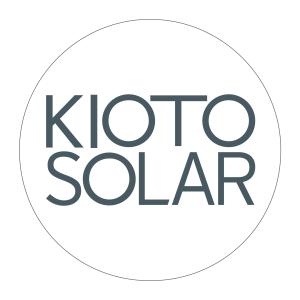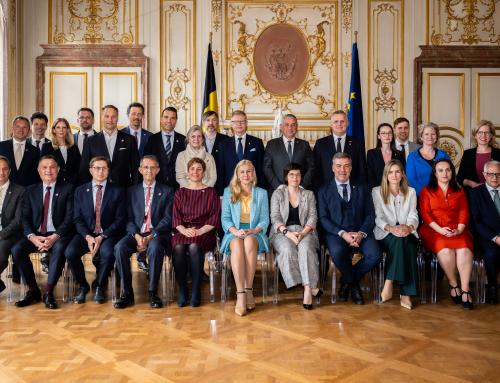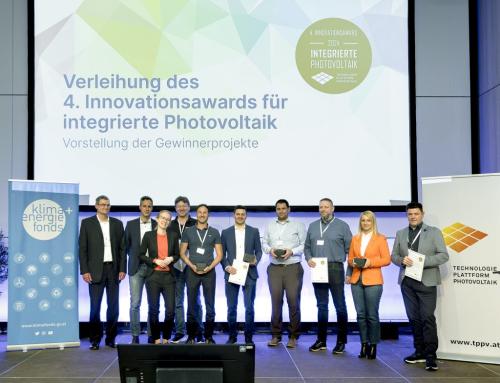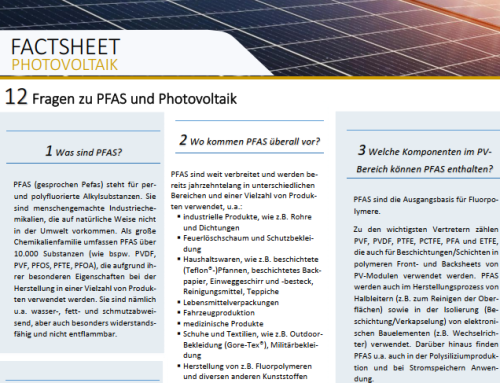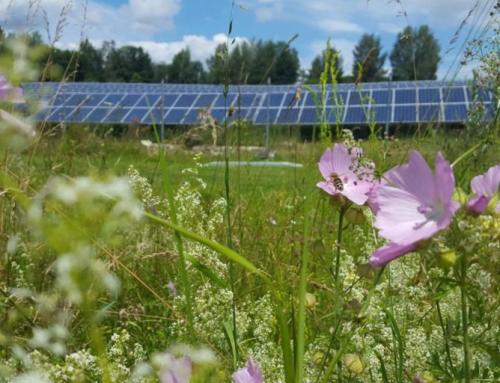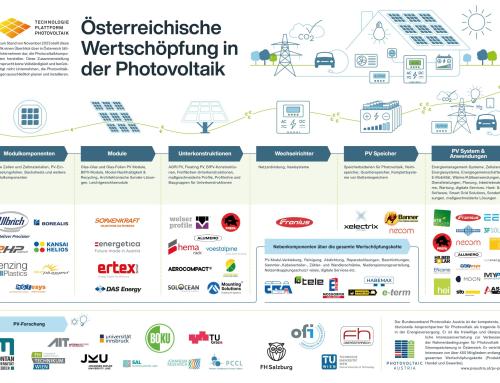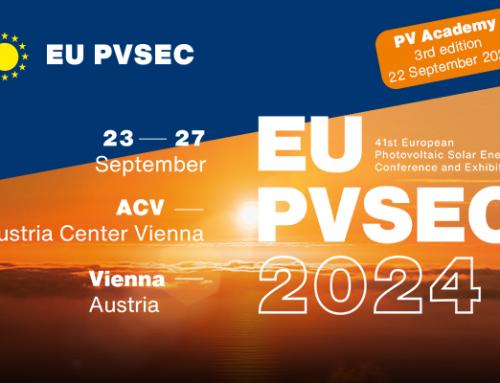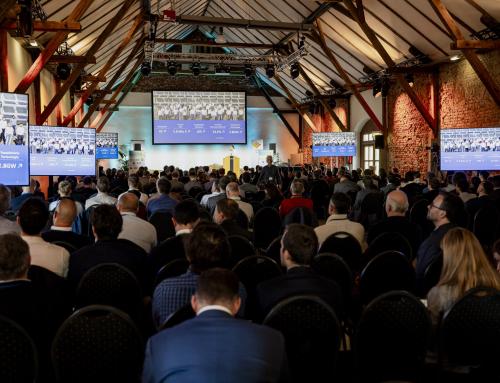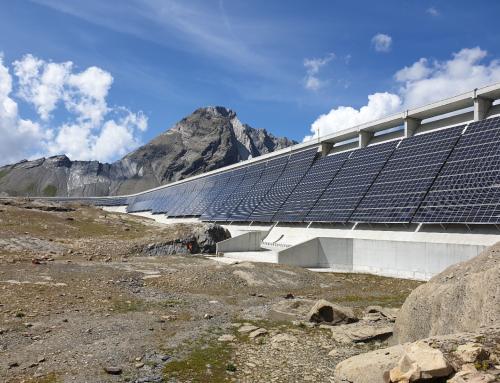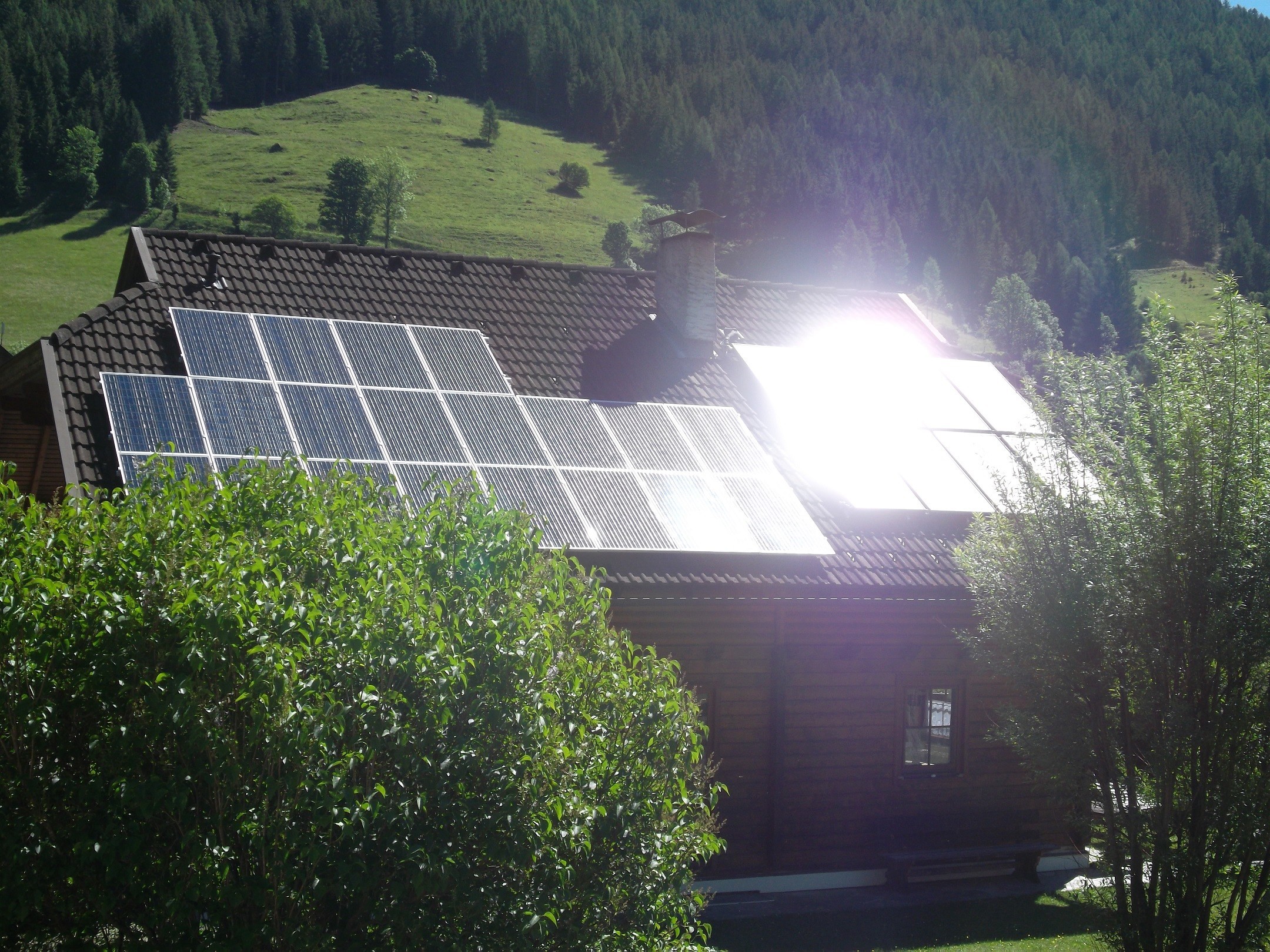
Evaluation of the glare function of PV-Modules and description of relevant measurement procedures
The implementation of photovoltaic projects, which are viable economically and energetically, is often challenged by the dazzling effect of photovoltaic (PV) modules. The most common methods to reduce glare are anti-reflection coatings and in some cases frosted glasses. Both methods reach their limits especially with flat incident light. This often leads to problematic glare situations when it comes to infrastructure or residential areas and in several cases project developments are being stopped or the dismantling of completed PV systems afterwards occur. However the rules for PV-systems vary from country to country and state to state, often even locally, and depend on the application as well as the surroundings. Infrastructure integration of PVsystems is often challenged by restrictive conditions which follow from safety requirements near airports, highways or railways. While module producers claim to offer glare-free modules, this is poorly documented with technical data.
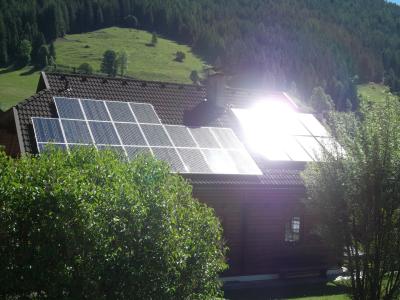
©Zehndorfer GmbH
The aim of the project “Blendreduktion” is to identify possibilities for rapid optimization of glare behaviour of PV modules with different front materials as well as the development of a test code for the evaluation of PV modules based on their glare potential. By providing an overview of different approaches to glare reduction, this project also aims to create a research and development roadmap for the most promising approaches of glare reduction for PV modules. Through an open innovation process, alternative methods for glare reduction in other technical application areas are also being investigated.
In cooperation with the innovation partners of the TPPV, large Austrian infrastructure operators such as ÖBB ( Austrian Federal Railways), Wiener Linien (Viennese public transports) and BIG (Bundesimmobiliengesellschaft), we will effectively address to the frequently occurring problems with PV systems glare.
Wie kann man die Blendwirkung von Photovoltaikanlagen reduzieren? Haben Sie dazu spannende Inputs, die Sie
mit uns teilen möchten? Dann besuchen Sie unsere Ideen-Plattform und teilen Sie Ihren Input unter: Ideen-Plattform
Partners
The TPPV– Austrian Photovoltaics Technology Platform will manage the project as consortium leader, support the other participants in their tasks and form the communication center for the research. The TPPV association was founded in May 2008 as a joint initiative of the companies producing in Austria in the field of photovoltaics and the relevant Austrian research institutions. Innovation and research for the domestic photovoltaic industry should be significantly increased in order to achieve sustainable growth in Austria's value-added share in the global photovoltaic market. As head of material development at crystalsol (light, flexible PV films), Lukas Plessing has worked on numerous research projects. He is supported by Hubert Fechner, the founder and long-time chairman of the TPPV and by Gabriele Eder, an expert in material analysis and head of several research projects with a focus on PV at OFI.
DAS Energy Ltd.
With a clear focus on development and innovation, DAS-Energy has been combining the latest fiberglass technology from aircraft construction with highly efficient monocrystalline silicon cells to create lightweight, frameless PV modules for more than 7 years. An important property of a PV module is its glare effect. A reduced glare effect is of great importance, especially for façade solutions, at airports and noise protection PV. DAS Energy has many years of know-how in the development and production of frameless GRP PV modules. With a large number of special modules, DAS-Energy has the competence to test new methods and products or product extensions with regard to manufacturability. In addition, it is possible to produce prototypes in different variations within a short time.
ertex solartechnik GmbH
Ertex Solartechnik has many years of experience in the development and production of PV modules for sophisticated building integration. Ertex Solartechnik combines manufacturing technology and expertise in materials research. The printing techniques for the coloring and the glare-reducing coating for PV cover glasses are particularly relevant for the present sounding. This technology is an important approach to improving the glare effect of PV modules. After defining the desired glasses/coatings that could be used to reduce glare, various prototypes with PV cells will be built by ertex solartechnik.
JOANNEUM RESEARCH ForschungsgesellschaftmbH
KIOTO Photovoltaics GmbH has two production sites at which different high-quality photovoltaic module types can be manufactured. Both glass-foil modules and glass-glass modules can be manufactured. The highly integrated production lines have automated quality and testing facilities to meet internal quality requirements. Furthermore, modules can be electrically characterized using a flasher. The main task of this partner in the project is the coordination with raw material manufacturers regarding various possibilities to reduce glare, the production of functional models for further measurements, the production of module prototypes and performance measurements.
KIOTO Photovoltaics GmbH
KIOTO Photovoltaics GmbH has two production sites at which different high-quality photovoltaic module types can be manufactured. Both glass-foil modules and glass-glass modules can be manufactured. The highly integrated production lines have automated quality and testing facilities to meet internal quality requirements. Furthermore, modules can be electrically characterized using a flasher. The main task of this partner in the project is the coordination with raw material manufacturers regarding various possibilities to reduce glare, the production of functional models for further measurements, the production of module prototypes and performance measurements.
Zehndorfer Engineering GmbH
Zehndorfer Engineering GmbH contributes its experience in the field of glare and reflection measurement and creates a proposal for the measurement specification for the glare of PV modules. In exchange with the project partners, the measurement specification is adapted and finalized.
Contact
Lukas Plessing
E-mail: l.plessing@tppv.at
Tel.: +43681 2089 2144
Technologieplattform Photovoltaik, TPPV
Mariahilferstrasse 37-39
A-1060 Wien
www.tppv.at
Project duration: 01/01/2023 to 12/31/2023
Dieses Projekt wird vom Klima – und Energiefonds durch die österreichische Forschungsförderungsgesellschaft FFG gefördert.



